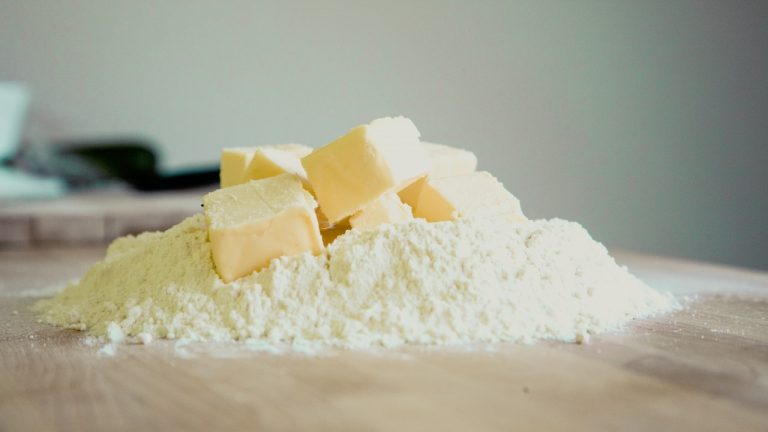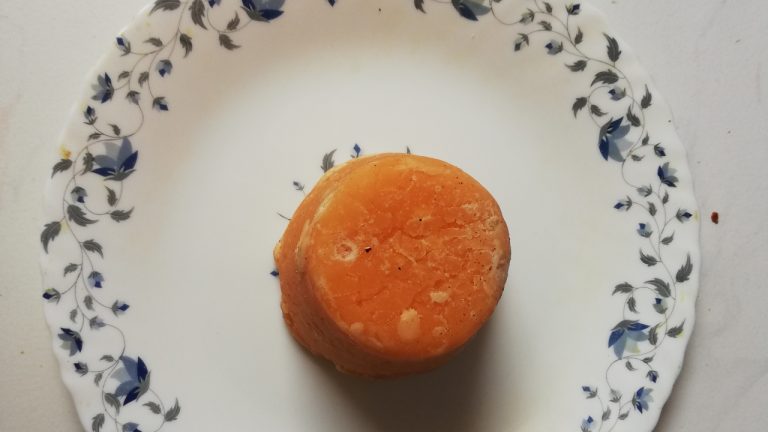“Discovering Millets: Nutritional Powerhouses for Health and Sustainability”

Millet is a term used to refer to a group of small-seeded grasses that are cultivated for human consumption. They are widely grown in various parts of the world, particularly in Asia and Africa. Millets are known for their resilience in diverse climates and their nutritional value. There are several types of millets, each with its unique characteristics:
- Pearl Millet (Pennisetum glaucum): This type of millet is the most widely grown in Africa and India. It is commonly used in making flatbreads, porridge, and beverages.
- Finger Millet (Eleusine coracana): Also known as ragi, finger millet is a staple crop in parts of Africa and Asia. It is highly nutritious and is often used to make porridge, flatbreads, and baked goods.
- Foxtail Millet (Setaria italica): Foxtail millet is popular in Asia, especially in China and India. It is used in various dishes like porridge, rice alternatives, and fermented foods.
- Proso Millet (Panicum miliaceum): Proso millet is commonly grown in Europe, Asia, and North America. It is used for human consumption as well as for animal feed.
- Kodo Millet (Paspalum scrobiculatum): Kodo millet is primarily cultivated in India and Nepal. It is used in various dishes, including porridge, rice alternatives, and fermented foods.
- Little Millet (Panicum sumatrense): Little millet is grown in India and Southeast Asia. It is used similarly to other millets, in dishes like porridge, upma, and idlis.
Why Use Millets:
- Nutritional Value: Millets are rich in nutrients such as fiber, protein, vitamins, and minerals, making them a healthy dietary choice.
- Gluten-Free: Millets are naturally gluten-free, making them suitable for individuals with gluten intolerance or celiac disease.
- Low Glycemic Index: Millets have a low glycemic index, which means they cause a slower rise in blood sugar levels compared to other grains. This property makes them beneficial for managing diabetes and promoting overall health.
- Environmental Sustainability: Millets are often grown in harsh environments where other crops struggle to thrive, requiring less water and fewer resources. Thus, they contribute to agricultural sustainability.
Myths and Facts about Millets:
Myth: Millets lack sufficient protein. Fact: Millets are actually a good source of protein, containing essential amino acids necessary for human health.
Myth: Millets are inferior to other grains in taste and texture. Fact: Millets have a unique taste and texture that many people enjoy. They can be used in various dishes and cuisines, providing diversity in flavors and textures.
Myth: Millets are difficult to cook and prepare. Fact: Millets are relatively easy to cook and can be used in a variety of recipes, including porridges, pilafs, and baked goods.
The Significance of Millets in Good Health Compared to Other Cereals:
While other cereals such as wheat, rice, and maize are staples in many diets worldwide, millets offer several advantages for good health:
- Higher Nutritional Content: Millets are often more nutrient-dense compared to refined grains like white rice or wheat flour, providing essential vitamins, minerals, and fiber.
- Lower Glycemic Index: Millets generally have a lower glycemic index compared to refined grains, which can help regulate blood sugar levels and reduce the risk of diabetes and obesity.
- Gluten-Free: For individuals with gluten sensitivities or celiac disease, millets provide a safe and nutritious alternative to gluten-containing grains like wheat and barley.
- Environmental Sustainability: Millets are often more environmentally sustainable to cultivate compared to other cereals, requiring fewer inputs such as water and chemical fertilizers.
Overall, incorporating a variety of grains, including millets, into one’s diet can contribute to improved health outcomes and environmental sustainability.



